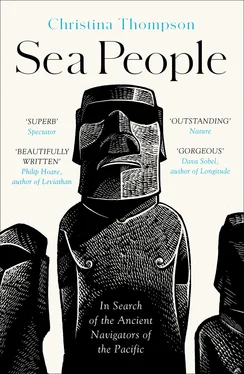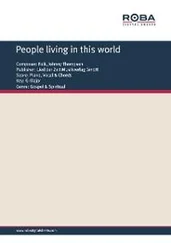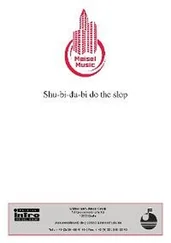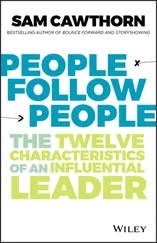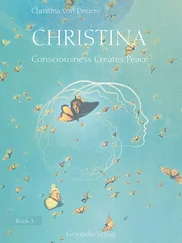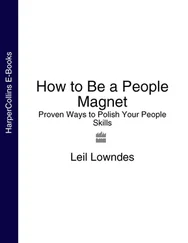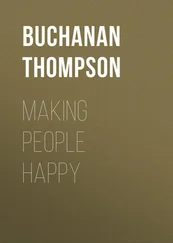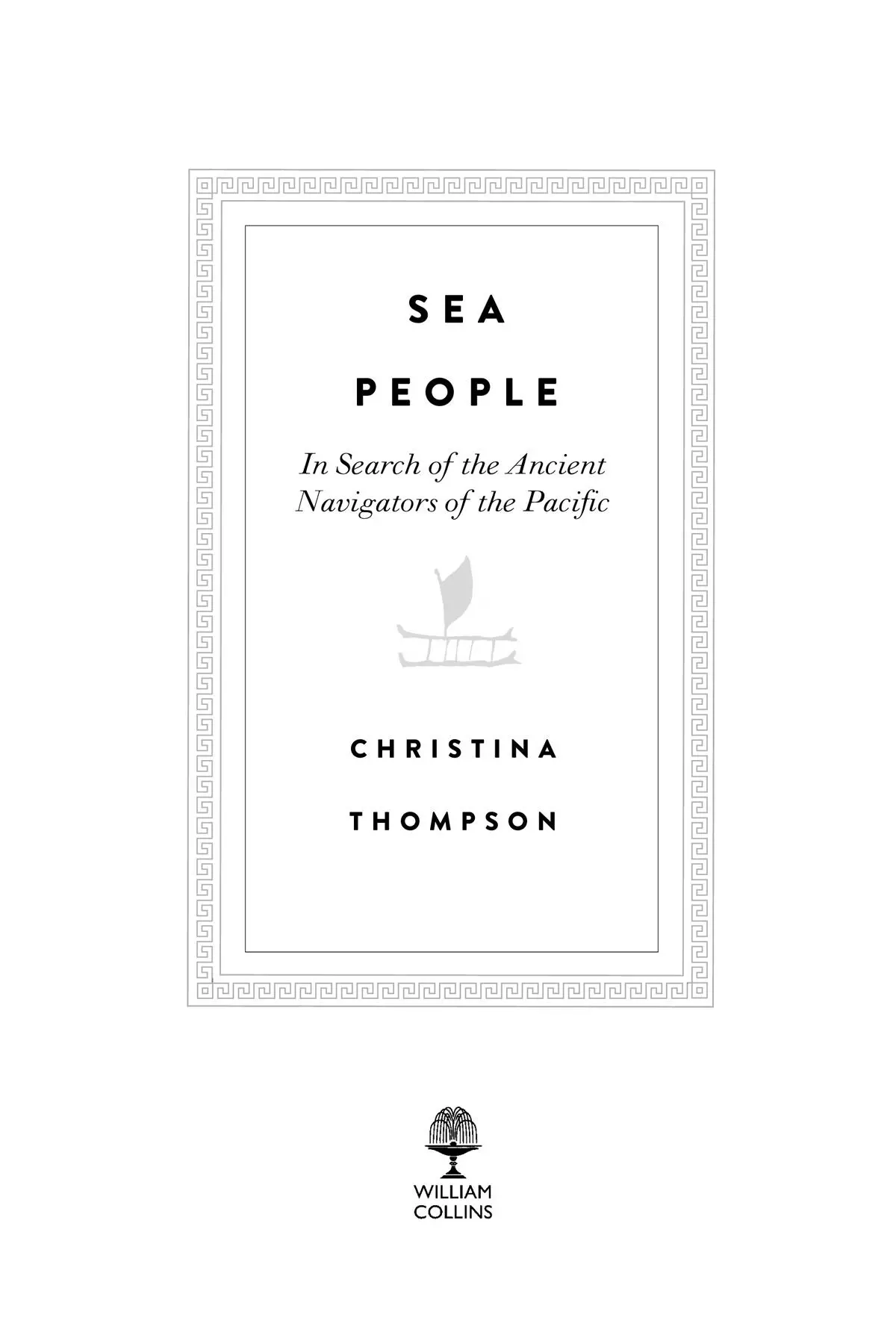
Copyright
William Collins
An imprint of HarperCollins Publishers 1 London Bridge Street London SE1 9GF WilliamCollinsBooks.comThis eBook first published in Great Britain by William Collins in 2019 Copyright © Christina Thompson 2019 Cover illustration © Joe McLaren, Marquesas Islands, Polynesia, engraving by Danvin and Boys / Veneranda Biblioteca Ambrosiana, Milan, Italy / De Agostini Picture Library / Bridgeman Images; A View in Oheitepha Bay on the Island of Otaheite, from‘Captains Cook’s Last Voyage’, 1809 (coloured engraving), Webber, John (1750–93) (after) / Private Collection / Bridgeman Images Christina Thompson asserts the moral right to be identified as the author of this work A catalogue record for this book is available from the British Library Information on previously published material appears here. All rights reserved under International and Pan-American Copyright Conventions. By payment of the required fees, you have been granted the non-exclusive, non-transferable right to access and read the text of this e-book on-screen. No part of this text may be reproduced, transmitted, downloaded, decompiled, reverse engineered, or stored in or introduced into any information storage and retrieval system, in any form or by any means, whether electronic or mechanical, now known or hereinafter invented, without the express written permission of HarperCollins Source ISBN: 9780008339050 Ebook Edition © February 2019 ISBN: 9780008339036 Version: 2020-01-28
Dedication
For Tauwhitu
Epigraph
For we are dear to the immortal gods,
Living here, in the sea that rolls forever,
Distant from other lands and other men.
—Homer, the Odyssey
(translated by Robert Fitzgerald)
Maps of Polynesian triangle
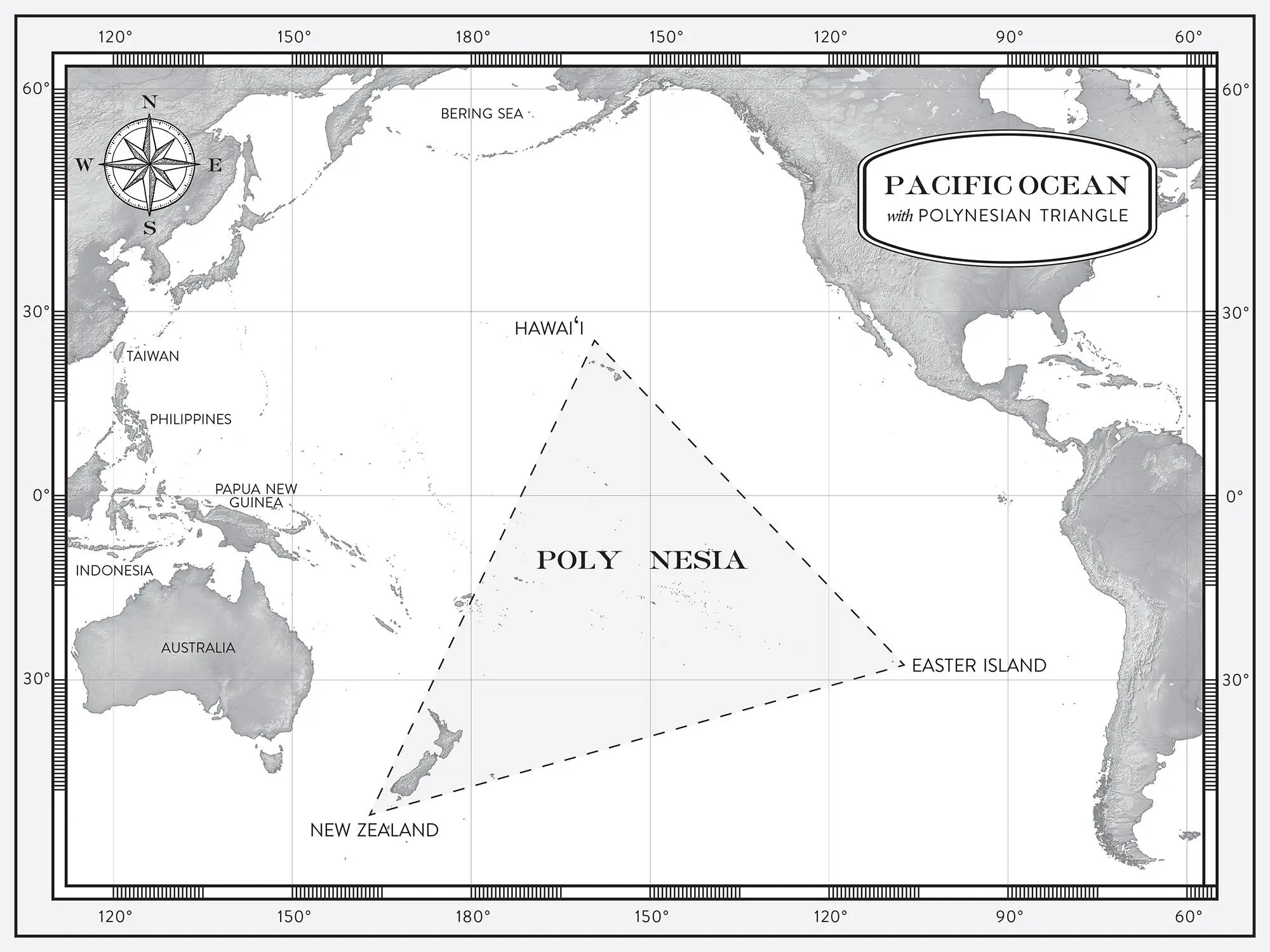
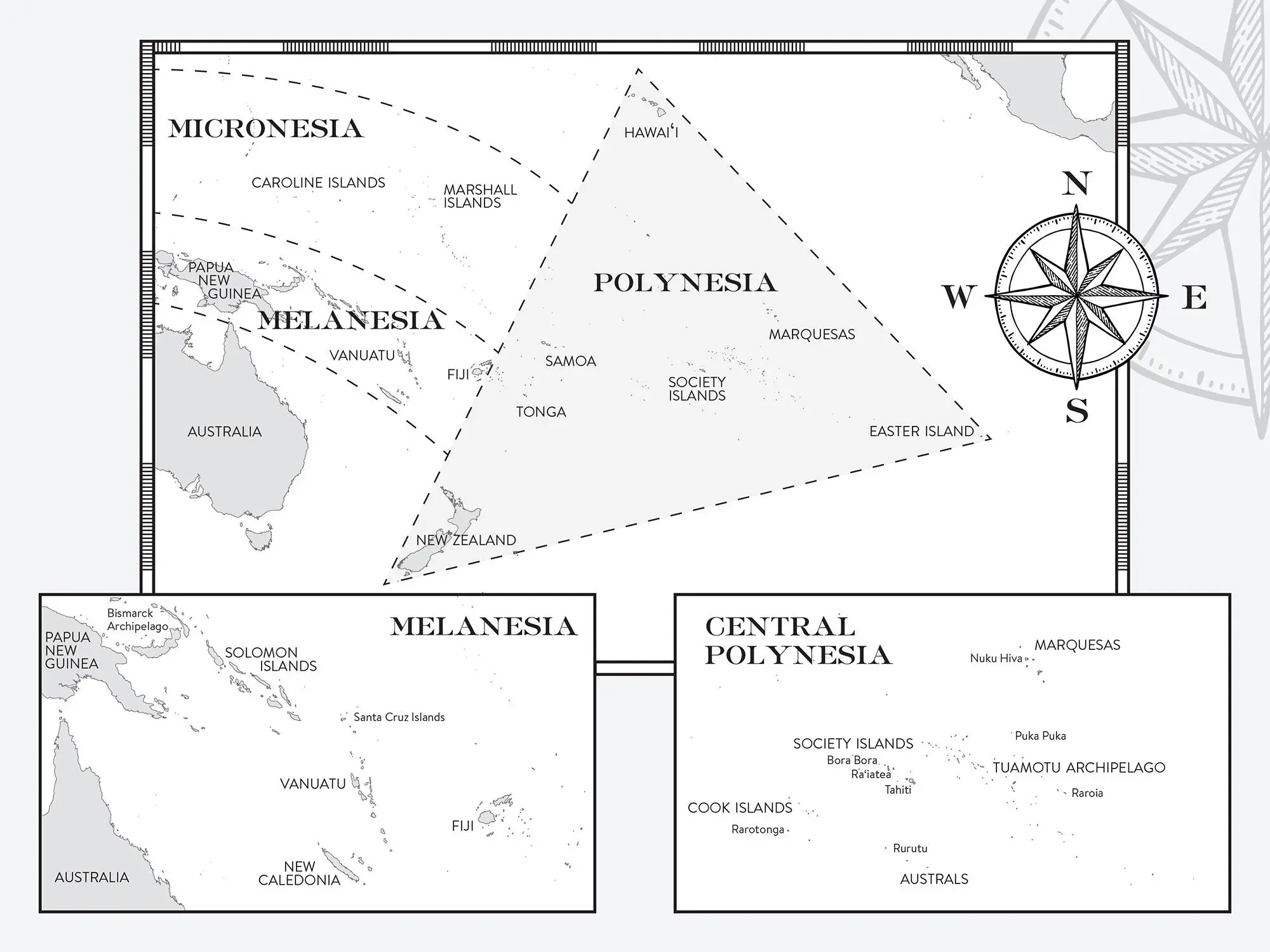
Cover
Title Page
Copyright
Dedication
Epigraph
Maps of Polynesian triangle
List of Illustrations
Prologue: Kealakekua Bay
Part I: The Eyewitnesses (1521–1722)
In which we follow the trail of the earliest European explorers as they attempt to cross the Pacific for the first time, encountering a wide variety of islands and meeting some of the people who live there.
A Very Great Sea: The Discovery of Oceania
First Contact: Mendaña in the Marquesas
Barely an Island at All: Atolls of the Tuamotus
Outer Limits: New Zealand and Easter Island
Part II: Connecting the Dots (1764–1779)
In which we travel with Captain Cook to the heart of Polynesia, meet the Tahitian priest and navigator Tupaia, and sail with the two of them to New Zealand, where Tupaia makes an important discovery.
Tahiti: The Heart of Polynesia
A Man of Knowledge: Cook Meets Tupaia
Tupaia’s Chart: Two Ways of Seeing
An Aha Moment: A Tahitian in New Zealand
Part III: Why Not Just Ask Them? (1779–1920)
In which we look at some of the stories that Polynesians told about themselves and consider the difficulty nineteenth-century Europeans had trying to make sense of them.
Drowned Continents and Other Theories: The Nineteenth-Century Pacific
A World Without Writing: Polynesian Oral Traditions
The Aryan Māori: An Unlikely Idea
A Viking in Hawai‘i: Abraham Fornander
Voyaging Stories: History and Myth
Part IV: The Rise of Science (1920–1959)
In which anthropologists pick up the trail of the ancient Polynesians, bringing a new, quantitative approach to the questions of who, where, and when.
Somatology: The Measure of Man
A Māori Anthropologist: Te Rangi Hiroa
The Moa Hunters: Stone and Bones
Radiocarbon Dating: The Question of When
The Lapita People: A Key Piece of the Puzzle
Part V: Setting Sail (1947–1980)
In which we set off on an entirely new tack, taking to the sea with a crew of experimental voyagers as they attempt to reenact the voyages of the ancient Polynesians.
Kon-Tiki : Thor Heyerdahl’s Raft
Drifting Not Sailing: Andrew Sharp
The Non-Armchair Approach: David Lewis Experiments
Hōkūle‘a : Sailing to Tahiti
Reinventing Navigation: Nainoa Thompson
Part VI: What We Know Now (1990–2018)
In which we review some of the latest scientific findings and think about what it takes to answer big questions about the deep past.
The Latest Science: DNA and Dates
Coda: Two Ways of Knowing
Notes
Index
Acknowledgments
Illustration Section
About the Author
Also by Christina Thompson
About the Publisher
List of Illustrations
1 “Map of the World, showing Terra Australis Incognita,” from Theatrum Orbis Terrarum, the first modern atlas, by Abraham Ortelius, 1570. Wikimedia Commons.
2 Tattooed Marquesan, “Back View of a younger inhabitant of Nukahiwa [Nuku Hiva], not yet completely tattooed,” in G. H. von Langsdorff, Voyage and Travels in Various Parts of the World (London, 1813). Courtesy Carol Ivory.
3 Easter Island moai , “A View of the Monuments of Easter Island,” by William Hodges, ca. 1776. National Maritime Museum, Greenwich, London. Wikimedia Commons.
4 Nukutavake canoe, acquired in the Tuamotus in 1767 by Captain Samuel Wallis of H.M.S. Dolphin. British Museum.
5 Nukutavake canoe detail showing repair.
6 Portrait of Captain James Cook by William Hodges, 1775–76. National Maritime Museum, Greenwich, London.
7 Drawing by Tupaia of a Māori trading crayfish with Joseph Banks, 1769. British Library.
8 Peter Henry Buck (Te Rangi Hiroa) in academic robes, ca. 1904. Alexander Turnbull Library, National Library of New Zealand.
9 Felix von Luschan’s Hautfarbentafel (skin color panel). Peabody Museum of Archaeology and Ethnology, Harvard University.
10 Richard Owen standing beside Dinornis novaezealandiae (large species of moa) while holding the bone fragment he was given in 1839. From Richard Owen, Memoirs on the extinct wingless birds of New Zealand (London, 1879). Wikimedia Commons.
11 Moa egg found by Jim Eyles at Wairau Bar in 1939. Photograph by Norman Heke, Museum of New Zealand Te Papa Tongarewa.
12 Necklace of moa bone reels and stone “whale tooth” pendant, discovered at Wairau Bar. Canterbury Museum, Christchurch, New Zealand.
13 “The Arrival of the Maoris in New Zealand” by Louis John Steele and Charles F. Goldie (1898), Auckland Art Gallery Toi o Tāmaki, gift of the late George and Helen Boyd, 1899. Based on Théodore Géricault’s The Raft of the Medusa (1818–19), this painting depicts a vision of Polynesian voyaging not unlike that implied by drift voyaging theories.
14 Reconstructed three-thousand-year-old Lapita pot from Teouma, Efate Island, Vanuatu. Photograph by Philippe Metois, courtesy Stuart Bedford and Matthew Spriggs.
15 Micronesian stick chart from the Marshall Islands. Denver Museum of Nature and Science.
16 Hōkūle‘a passing the Statue of Liberty in 2016 on the Mālama Honua voyage around the world. Photo by Na‘alehu Anthony, courtesy ‘Ōiwi TV and the Polynesian Voyaging Society.
Читать дальше
